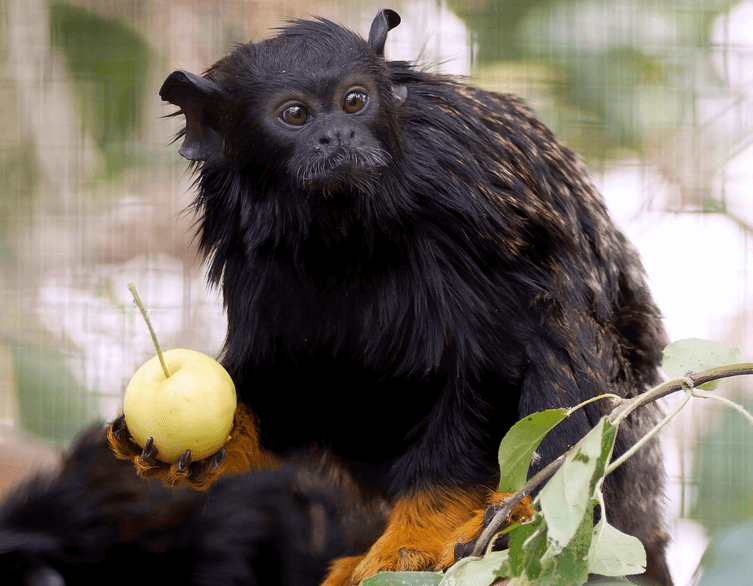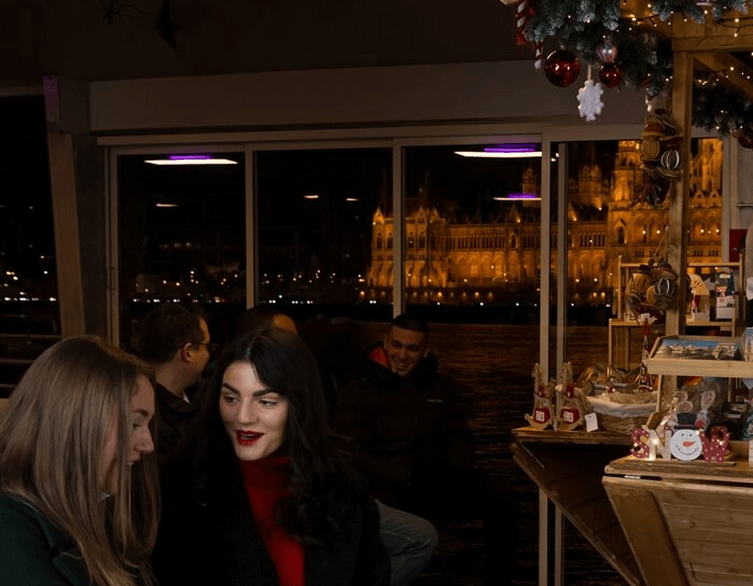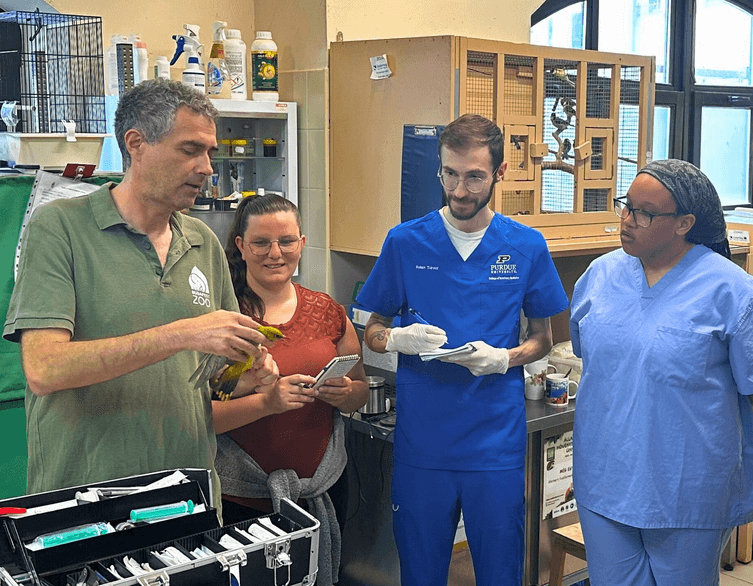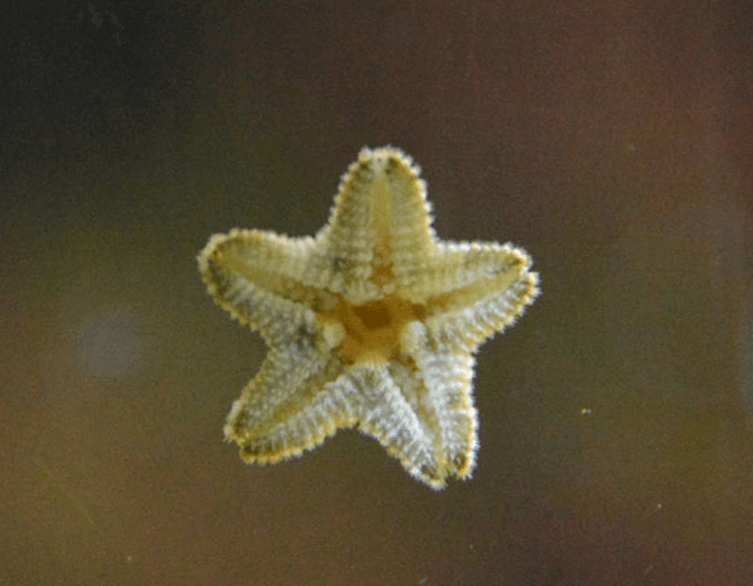Budapest Zoo’s Newest Stars: Ancient Olive Trees and Golden-Handed Party Animals

Budapest Zoo has been busy playing matchmaker lately, and trust me, the results are absolutely delightful. While most of us were complaining about the summer heat, the zoo’s staff were welcoming some seriously cool new residents that’ll make your next visit even more memorable than that time you tried to pronounce “Széchenyi” correctly.
Meet Your New 450-Year-Old Neighbor
Let’s start with the most distinguished new arrival – an olive tree that’s older than your great-great-great-grandmother’s secret goulash recipe. This Mediterranean marvel, a whopping 450 years old, has officially taken up residence in the Palm House’s Mediterranean collection, and honestly, it’s probably seen more history than most European museums.
But here’s where it gets interesting – this isn’t just any random olive tree shipped in from some sunny Spanish plantation. The zoo’s gardeners specifically chose this ancient beauty from Caravino, a tiny village in Italy’s Torino province, nestled in the Piedmont Alps where temperatures regularly drop below -10°C. Why does this matter? Because this tough old tree can handle Budapest’s sometimes bipolar weather patterns, including those delightful climate change surprises we’ve all come to know and love.
The gardeners were pretty smart about this choice, actually. While Spanish olive trees from plantation clearances might look gorgeous, they’re basically the fair-weather friends of the tree world – great when it’s sunny, but the first cold snap and they’re out. This Italian survivor, however, has been weathering Alpine winters for centuries, making it the perfect fit for Hungary’s occasionally dramatic seasonal mood swings.
Best deals of Budapest
Golden Hands and Midnight Mischief
Now, if you think a 450-year-old tree is the only new star in town, think again. The Palm House has also welcomed some absolutely adorable golden-handed tamarins, and these little guys are bringing serious personality to the party.
After several years without these charming South American monkeys, two individuals arrived from Brno Zoo in the Czech Republic at the end of June. Following their mandatory quarantine period – because even monkeys need to follow immigration procedures – they’ve settled into their new digs, sharing space with nocturnal monkeys in what’s basically the coolest South American roommate situation ever.
The name “golden-handed tamarin” isn’t referring to their craftsmanship skills, though they’d probably make excellent tiny carpenters. Their hands are literally golden-colored, contrasting beautifully with their otherwise jet-black fur. The scientific name Saguinus midas comes from the legendary King Midas, who famously wished that everything he touched would turn to gold – a wish that, as mythology teaches us, seemed great until he tried to eat lunch or hug his family.
Why Your Living Room Isn’t a Jungle
Speaking of monkeys, let’s have a quick heart-to-heart about something important. I know lemurs and other exotic animals look absolutely adorable, and yes, the idea of having a ring-tailed lemur as a roommate sounds amazing in theory. But here’s the thing – these animals are social butterflies who need their own kind to thrive.
When exotic animals like lemurs are hand-raised by humans, they miss out on crucial life lessons from their peers. It’s like trying to learn Hungarian by only watching dubbed American movies – you’ll pick up some basics, but you’ll miss all the cultural nuances and probably end up saying something embarrassing at dinner parties.
These animals become strongly attached to humans, but their instincts still crave the complex social interactions they’d have with their own species. The result? Frustrated animals who can’t properly communicate with their own kind and confused humans who thought they were getting a cuddly companion but ended up with a stressed, socially awkward primate.
Architecture Night: Because Even Animal Houses Need Appreciation
If you’re planning your zoo visit, mark September 20th on your calendar for something truly special – Architecture Night. Yes, you read that correctly. The zoo isn’t just about animals; it’s also home to some seriously impressive buildings that deserve their own spotlight.
From 6:30 to 9:00 PM, you can join guided tours that’ll take you through the zoo’s architectural treasures, including monuments protected as cultural heritage sites. The current buildings were designed between 1909 and 1912 by architects including Neuschloss Kornél, Kós Károly, Zrumeczky Dezső, and Végh Gyula, creating a unique architectural landscape that’s as captivating as the animals themselves.
Three themed walking tours will cover different areas: the Australian House region starting from the main entrance, the Magic Mountain area beginning at the Elephant Gate, and a special tour of the Biodome. Each tour explores not just the building’s history but also the architectural challenges of creating spaces where animals can thrive while visitors can safely observe them.
Planning Your Visit to Meet the New Gang
The best way to appreciate these new additions – from the ancient olive tree that’s survived longer than most European monarchies to the golden-handed tamarins who are basically the social media influencers of the monkey world – is to visit responsibly and with respect for these incredible creatures.
The zoo continues to be the perfect place to get up close with exotic animals without the complications of trying to turn your apartment into a makeshift jungle. Plus, you get the added bonus of learning about conservation, animal behavior, and apparently some pretty impressive architecture along the way.
So next time you’re wandering through Budapest looking for something uniquely entertaining, remember that the zoo has evolved far beyond simple animal viewing. It’s become a living museum where 450-year-old trees share space with playful primates, and where every visit offers something new to discover. Just don’t try to take any of the residents home with you – they’re much happier with their professional caregivers and their carefully designed habitats.
Related news
Related events





















